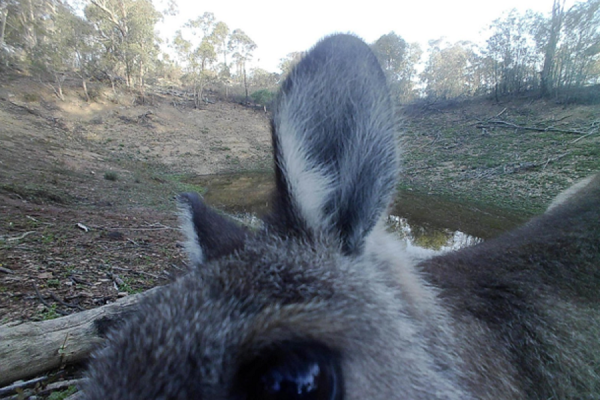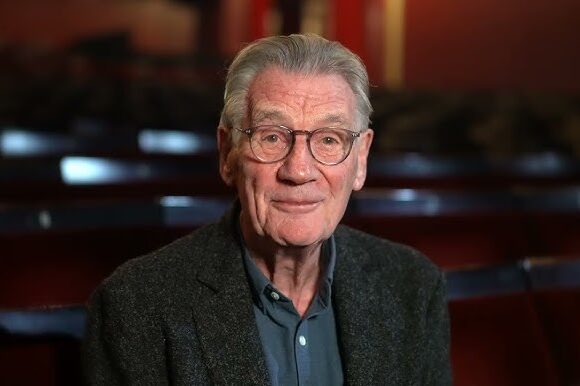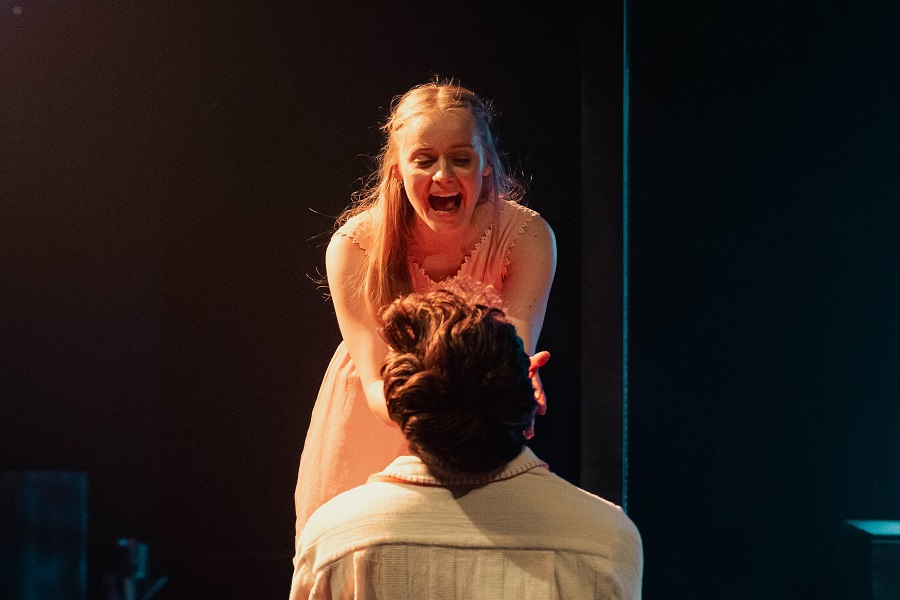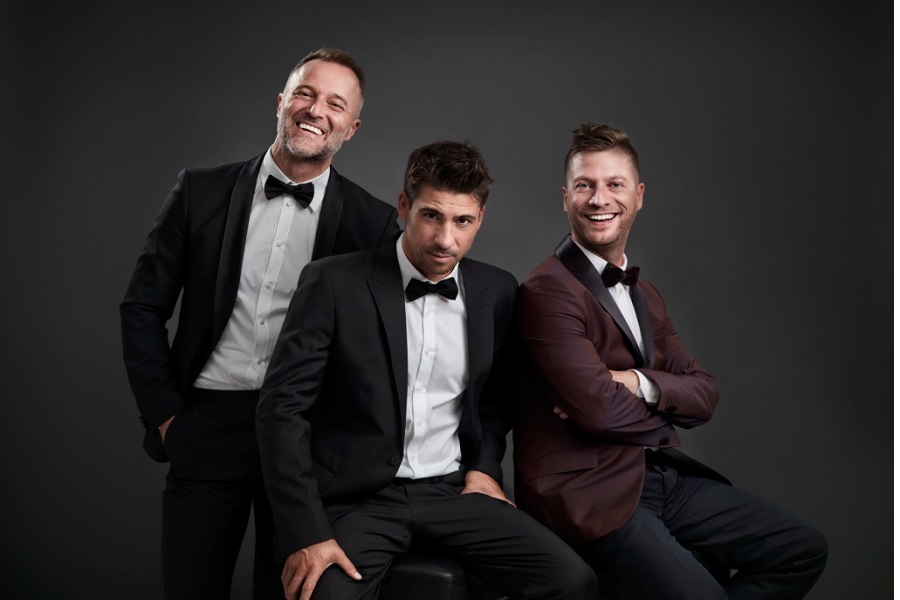
Photography / “Spirits” by B Dam Pictures, “Permeating Ecology” by Remi Siciliano and “Poison” by Ellis Hutch. Until June 25, at the Huw Davies Gallery. Reviewed by CON BOEKEL.
THE three exhibitions explore relations between humans and other animals.
The UN has identified a million species as being in danger of extinction. What is failing in human relations with other animals? What is the role of photography in this context?
B Dam Pictures (Anthony Sillavan and Stephanie Sheppard) set up a remote sensor camera on a dam. Animals triggered the shutter movements. B Dam then selected some of the images and turned them into prints.
The animals are undisturbed by the presence of a human photographer/predator. They behave naturally. Further, they are unwitting participants in the creative process. The animals scratch, preen, eat, sniff and arrange themselves naturally in the landscape. The resulting images are intriguing and informative. A possible message here is that animals need animal space to thrive.

Four centuries ago van Leeuwenhoek made the first microscope. He became the first man to see bacteria, thus inadvertently helping to launch the human population boom.
Hutch has a similar technical starting point and focus: using technology to look at otherwise invisible creatures in Canberra’s waterways. But thereafter she diverges sharply.
Unlike van Leewenhoek who thought of the bacteria as something disconnected from humans, Hutch seeks to integrate animacules and humans into one world. She has filmed the tiny creatures and projects these films onto her human-scale charcoal drawings featuring local waterways, thus allowing the viewer to integrate the different scales of knowledge.
Van Leewenhoek looked down at his tiny subjects. Hutch’s tiny creatures move about at human-eye height. They are visually complex and beautiful.
Hutch also draws attention to the paradoxical. Cyanobacteria liberated the oxygen that enabled the evolution of humans but, by way of blue-green algae infestations, can also turn our waterways toxic. Hutch’s work demonstrates how very much humans depend on unseen creatures for our survival.
The Mycelium is the fungal mat in forest soil. It recycles nutrients making life in the forest possible. If humans get fungi “wrong” there can be vast ecological and human consequences. Fungi released by global warming and spread by bark beetles have killed many millions of hectares of mature forest in North America.
Traditional photographers tend to focus on the visible fruiting bodies of the Mycelium – mushrooms and toadstools. The photographer is the actor. The fungi are the subjects. Thus the human/other life duality is maintained and, potentially, a false power relationship is also reinforced. The question arises: “Is this sort of photographic art an embedded contributor to mass extinction akin to other forms of human consumption of nature?”

Siciliano breaks this paradigm by engaging fungi in the image making process. The fungi “eats” the film. In “Plexus” the “Mycelium” is located pictorially under the forest, just where it ought to be. But it rather looks as if the fungi are eating the forest root mat rather than supporting it. No matter. When we get into a creative bed with fungi we have to expect the unexpected. We must make space for nature to get it ‘wrong’. This representation is not only creative. It is also profound. To save those million species, and perhaps ourselves, we have to find a way of systematically letting go.
The three exhibitions are creative. In contra-distinction to traditional wildlife photography, the artists here posit alternative relationships between humans and other animals in making art and, indeed, in life itself.
The results are thought provoking. They are challenging. They are also often outstandingly beautiful.
I heartily recommend a visit to these exhibitions.
Who can be trusted?
In a world of spin and confusion, there’s never been a more important time to support independent journalism in Canberra.
If you trust our work online and want to enforce the power of independent voices, I invite you to make a small contribution.
Every dollar of support is invested back into our journalism to help keep citynews.com.au strong and free.
Thank you,
Ian Meikle, editor



![Evie Hudson is a woman with amnesia, who forgets the last 13 years. Piecing her life back together, she navigates the harsh realities of coercive control.
Evie is the leading character in local author @emmagreyauthor's second novel Pictures of You.
Her debut book, The Last Love Note, sold more than 100,000 books worldwide within a few months of being published last year.
“I think that using amnesia really helped [show the effects of coercive control] because she had that sense of being completely lost in her own life,” Emma says of her new work of fiction.
To read the full story and find out more about this fabulous local author and her latest novel, visit our website at citynews.com.au or click the link in our bio! 📚✒️
#canberra #local #canberralocals #canberralife #australia #author #localauthor #Picturesofyou #coercivecontrolisabuse #dvawareness #bestsellingauthor #canberraauthor #localnews #citynews](https://citynews.com.au/wp-content/plugins/instagram-feed/img/placeholder.png)
Leave a Reply